Standing up for the Little Guys: The Indonesia Mobula Project – Pt 2
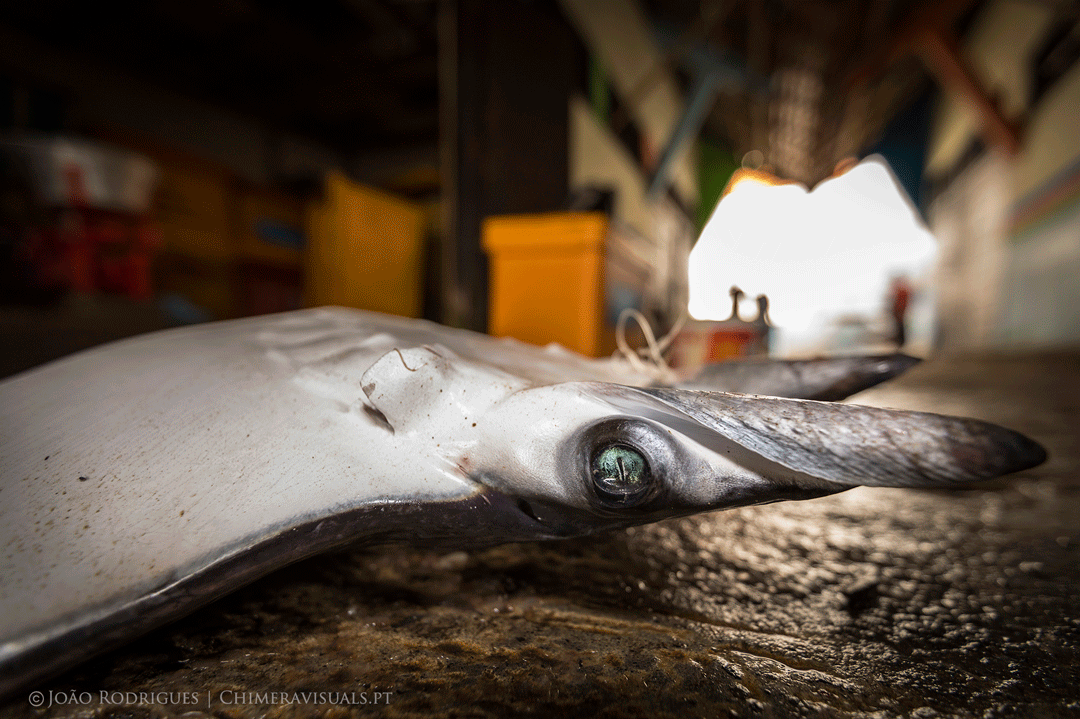
Devil ray caught by Indonesian fisheries, recorded by the Indonesia Mobula Project. Photo © João Rodrigues | Chimera Visuals
It is my ambition to help reduce the target and bycatch of mobulid rays, as well as other threatened elasmobranch species, and motivate young Indonesian scientists to conserve their tremendous biodiversity. In an ideal world, we would switch to less destructive fishing methods such as pole & line instead of non-selective fisheries like gillnets, which cause a tremendous amount of bycatch. Until then, I am studying the sensory systems, foraging ecology and movement of mobulid rays to identify means to reduce bycatch, by identifying (a) critical habitats and seasons where fishing should be avoided, and (b) differences between their sensory capacities and those of target fishes such as tuna to understand how to repel manta and devil rays from nets. To reduce target fisheries, I am working, alongside collaborators, towards bringing forth a protection for devil rays in Indonesian waters.
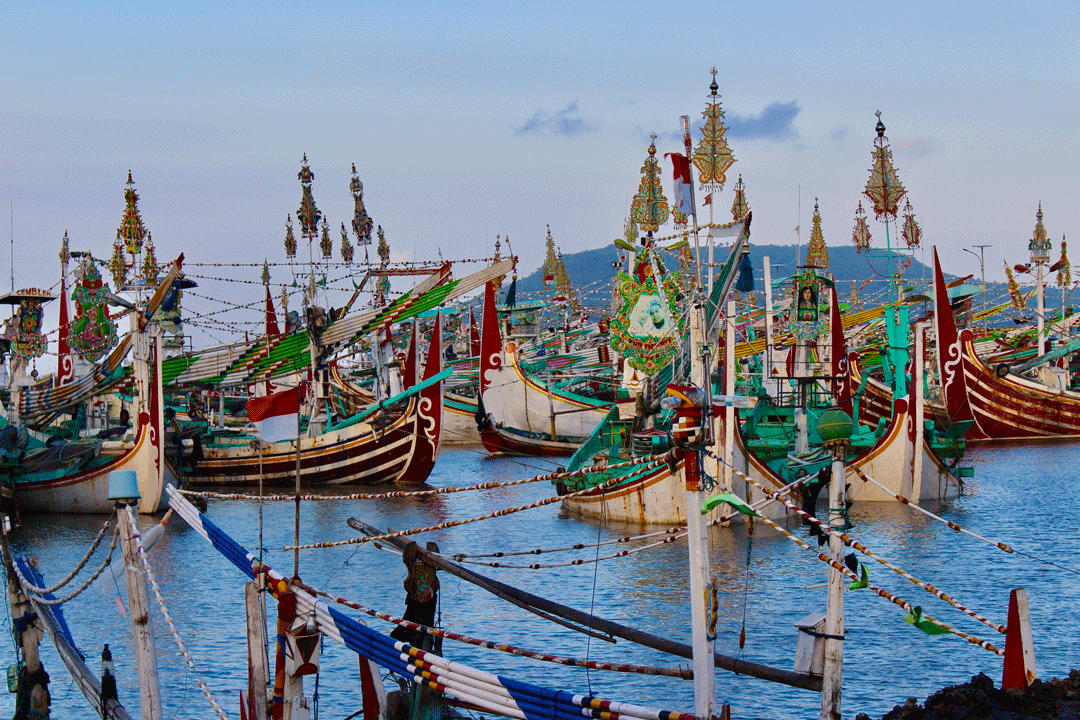
Beautiful Indonesian boats. Photo by Isabel Ender | © Manta Trust
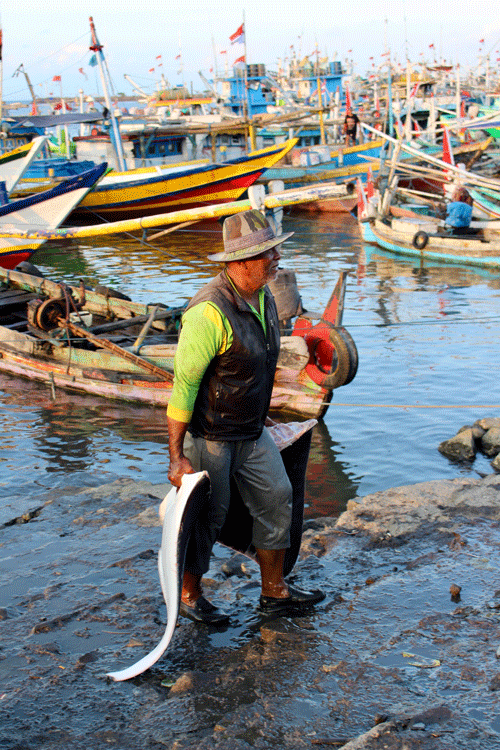
Indonesian fisherman carrying devil rays ashore. Photo by Isabel Ender | © Manta Trust
One of the most challenging aspects of my work is continuing to see mobulid rays landed. What triggers me especially is when these are pregnant females with their unborn foetuses, a sight that is unfortunately quite common where the Mobula Project Indonesia is based in Eastern Java. When I am told that we need to compromise on devil ray conservation because they do not bring as much ecotourism value as manta rays, despite their common vulnerabilities to fishing, I still have trouble accepting that a species’ right to survive depends on its monetary value. Although ultimately, I very much understand that is an important consideration and that valuing these rays may ultimately help convince stakeholders to protect them. Importantly, since mobulid rays are not the preferred target of gillnet fishermen, finding incentives to value more sustainable fisheries for target fishes may help improve the livelihoods of local communities while reducing the impact on mobulid populations, which are severely overexploited.

Indonesian mobulid scientists in discussion, including Betty Laglbauer. Photo by Isabel Ender | © Manta Trust
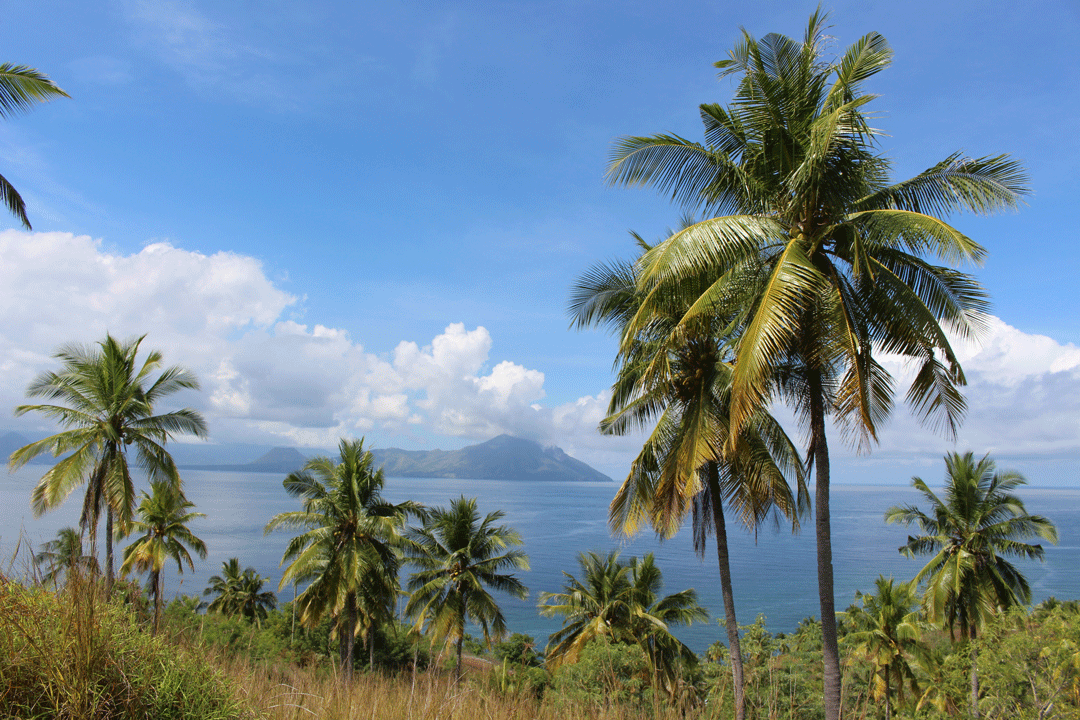
Indonesian views. Photo by Isabel Ender | © Manta Trust
There are many things you can do to help devil rays. First, to trust that every single one of our actions, however small it may seem, has an impact on marine ecosystems in which everything is connected. Being mindful of using less plastic, eating more sustainably, and choosing travel destinations which support local communities, all helps. Second, come to Indonesia to dive with devil rays, for example in North Maluku or in South Lombok! You can have incredible encounters with these animals, and by doing so you will help increase their ecotourism value which ultimately may provide incentives for their protection. And finally, please spread the word! Find out more about the work of the Indonesia Mobula Project and the many ways you can support global mobulid conservation efforts on the Manta Trust website.
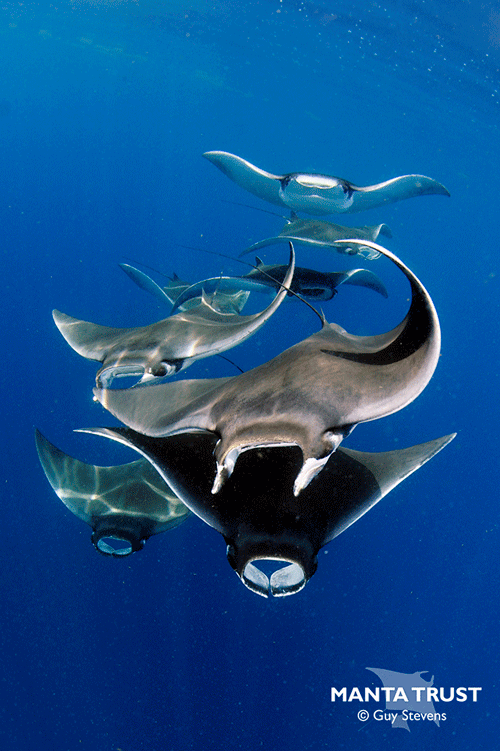
West Atlantic pigmy devil ray, photographed in Isla Mujeres, Mexico. Photo © Guy Stevens
Read part 1 of this update here.
